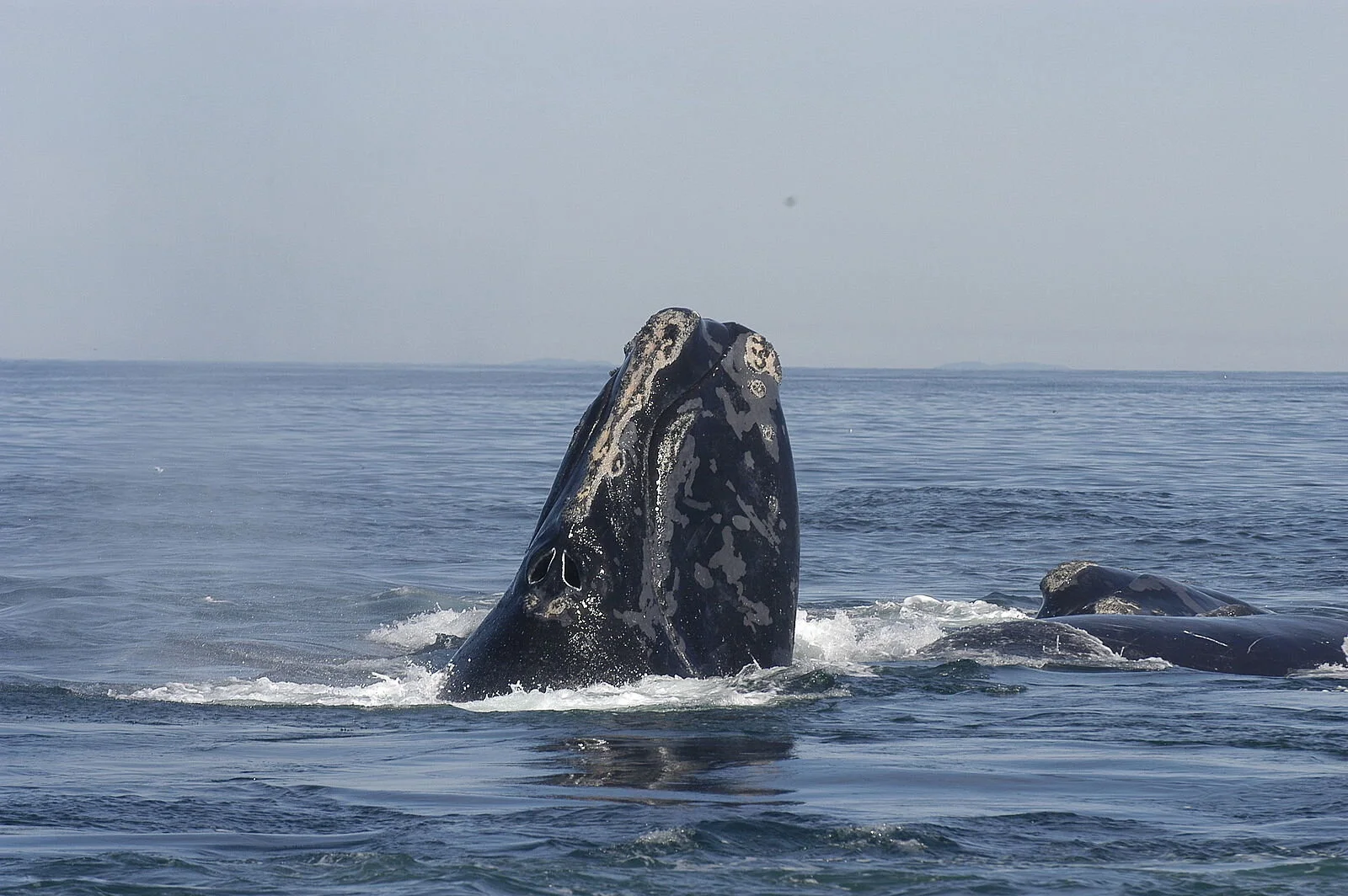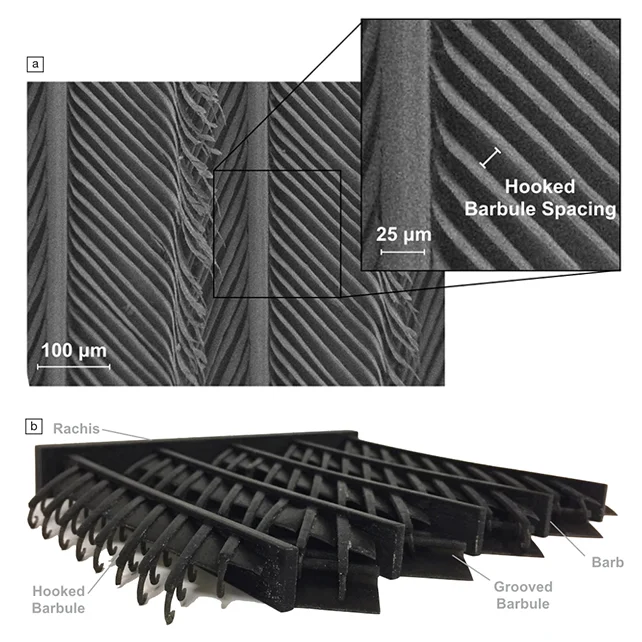When a species is on the brink, teetering at the edge of oblivion, every step towards conservation matters. This is particularly true for the North Atlantic Right Whale, a leviathan of ancient lore who is now among the most endangered mammals on the planet. Preservation of this species for future generations will require innovative and fast approaches to seemingly intractable issues like climate change. Decisive action to both reduce and maximally mitigate the common threats posed by noise pollution and ship strikes are required.
Here is a description of your company. Proin ex id consectetur lobortis. Aliquam, velit vel faucibus dapibus, augue justo ullamcorper turpis, nec convallis metus nunc vel turpis.




